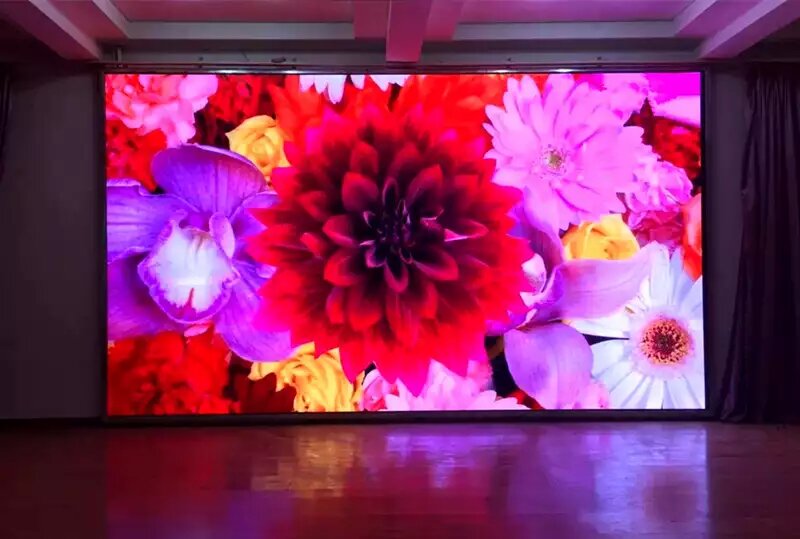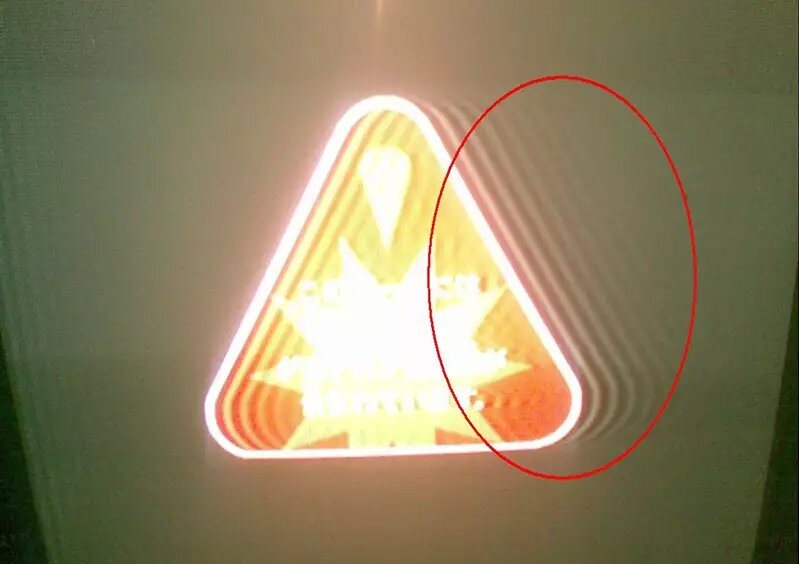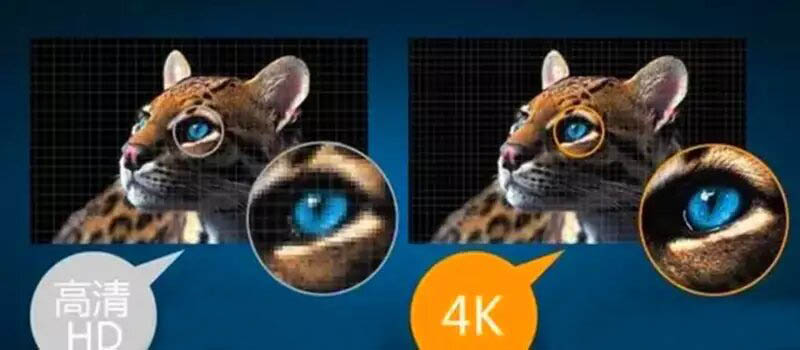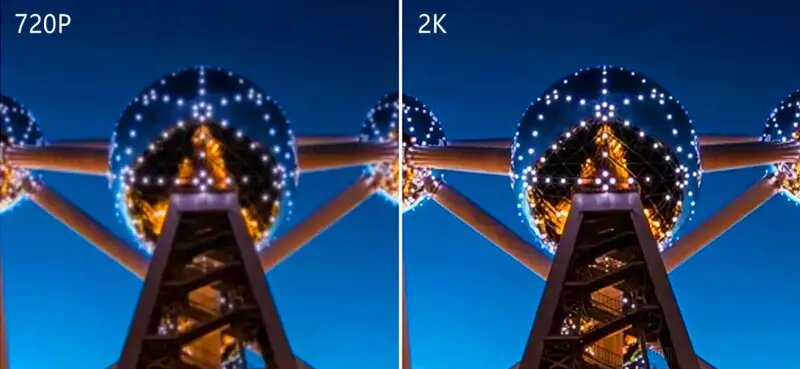
The difference in refresh rate and resolution of LED display screens
The refresh rate and resolution of LED display screens are two different but related concepts that play an important role in the performance and visual effect of the display screen. The refresh rate of LED display screen refers to the number of times the image is refreshed per second, the resolution of LED display screen refers to the number of visible pixels on the display screen, the refresh rate focuses on the speed of image update, and the resolution focuses on the clarity and details of the image. The refresh rate and resolution of LED display screen jointly constrain the visual effect of the display screen.

1、 Refresh frequency (refresh rate)
The refresh rate refers to the number of times an LED display screen refreshes an image per second, usually expressed in Hertz (Hz). A higher refresh rate can reduce or avoid the commonly mentioned image dragging phenomenon. Gaming friends have a deep understanding of dragging. For example, 60Hz means that the display screen refreshes the image 60 times per second.
LED screens with higher refresh rates can provide smoother images and animations, reduce visual fatigue, and in some cases improve user experience (such as competitive games). High refresh rates are particularly important in applications that require fast image response, such as video games and virtual reality. Generally speaking, the refresh rate of standard TV and computer monitors is 60Hz, but some high-end monitors can support higher refresh rates, such as 120Hz, 144Hz, or higher. In the same case, LED displays with higher refresh rates are more expensive and provide a better experience.

2、 Resolution (screen resolution)
The resolution of an LED large screen refers to the number of visible pixels on the display screen, usually measured in horizontal pixels × Represented by the number of vertical pixels, such as 1920 × 1080, commonly referred to as 1080p.
A higher resolution means more pixels on the screen, allowing for more image details and higher clarity to be displayed, and visually experiencing higher definition image quality details.

The resolution of LED large screens directly affects the clarity and visual quality of images, and higher resolutions are usually more suitable for large screens or scenes that require displaying fine images.
The resolution is also related to the physical size of the LED display screen. The same resolution produces higher pixel density on smaller screens, with more pixels per unit area and more comprehensive display content, resulting in a clearer appearance. Of course, in order to achieve a clear visual experience, it is not only necessary to have a high physical resolution of the screen, but also to match the resolution of the signal source playing the media.

In summary, the refresh rate of LED display screens focuses on the speed of image updates, while the resolution focuses on the clarity and details of the image. The combination of the two has a significant impact on the performance and user experience of the display screen. Therefore, when selecting an LED display screen, it is necessary to balance the refresh rate and resolution based on specific usage and needs. Different application scenarios require different display performance, and users need to compromise based on usage scenarios and predictions to achieve the best visual effect.
